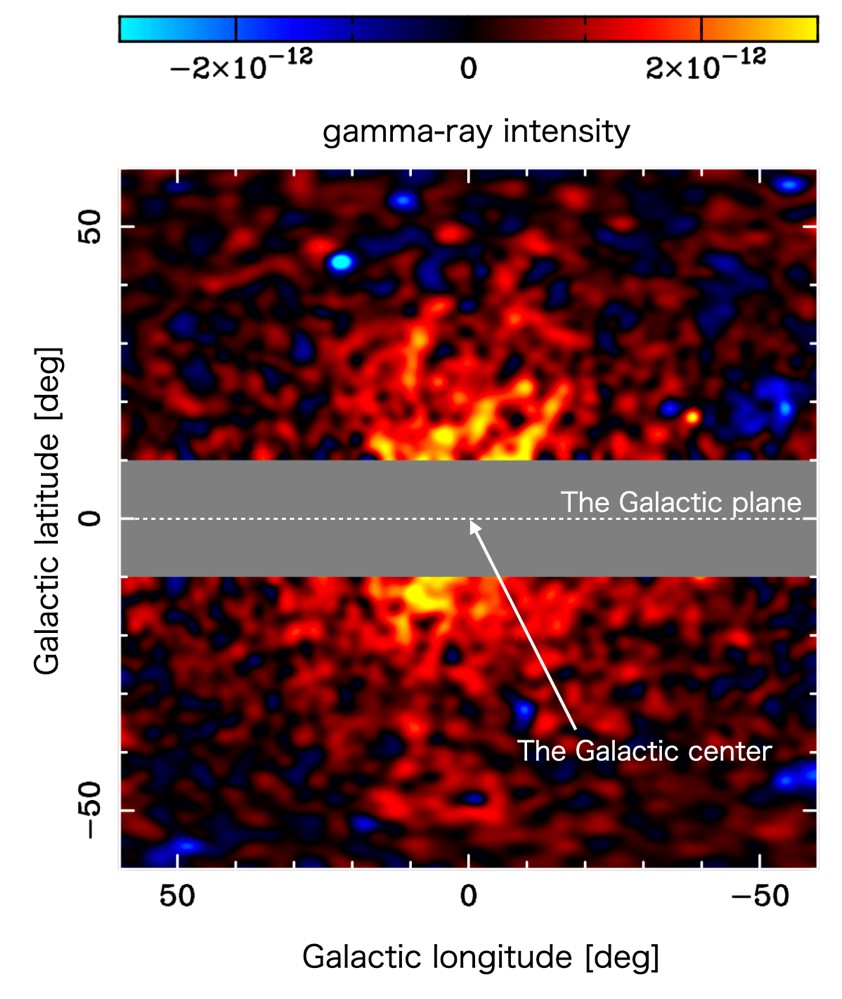December eNews
Welcome to this month's eNews.
November delivered a strong lineup of global research news, from a groundbreaking distributed campus AI platform developed by the University of Osaka and NEC to ERC Synergy Grants supporting University of Freiburg researchers across energy, health, and history.
The month also featured advances in plastic waste recycling, AI-powered crop disease diagnosis, and new insights into healthcare work in prisons, highlighting research with real-world impact.
Our Editor’s Choice spotlights evidence that could mark the first direct detection of dark matter, while the Image of the Month reveals new clues behind the spectacular forces driving intense auroral storms.
As the year comes to a close, we’d like to wish all our users Happy Holidays! If you have any questions or feedback, please contact us at news@alphagalileo.org
We hope you enjoy this issue!
The AlphaGalileo News Team
Top 5 from November
1. The University of Osaka D3 Center and NEC Demonstrate Wide-Area Distributed Campus AI Processing Platform, published by the University of Osaka on 13/11/25
The University of Osaka D3 Center and NEC Corporation (NEC; TSE: 6701) have jointly commenced a demonstration aimed at the application of a wide-area distributed campus AI processing platform that enables on-demand use of GPU’s from compute servers. This demonstration will leverage NEC's "ExpEther," a technology that transmits signals from IT equipment with high reliability and low latency, to build a high-performance AI processing platform that can connect and disconnect compute servers and GPUs on-demand, even when they are in different buildings across campus.
Read the news
2. Four ERC Synergy Grants for University of Freiburg Researchers, published by Albert-Ludwigs-Universität Freiburg on 7/11/25
• University of Freiburg researchers are involved in four funded projects. The University will receive a total of more than nine million euros.
• The recipients of the grants are studying highly efficient solar cells, self-cleaning in body cells, the combination of diagnostics and therapy for cancer, and early medieval European communities.
• The European Research Council (ERC) awards Synergy Grants to excellent international research teams.
Read the news
3. Exclusive Chemical Conversion of PET, Bottles, Textiles, and Plastic Waste Mixtures, published by Japan Science and Technology Agency (JST) on 14/11/25
Researchers in Tokyo Metropolitan University developed the efficient method for perfect and selective conversion of polyesters (textiles, cloth wastes, and PET bottle wastes etc.) to raw materials by simply heating a mixture of polyester and alcohol in the presence of iron catalyst. The findings will pave the way for solving the plastic waste problem.
Read the news
4. AI breakthrough in agriculture: ChatLD uses language models to diagnose crop diseases without training data, published by TranSpread on 5/11/25
A research team has developed ChatLeafDisease (ChatLD) — a training-free crop disease classification framework built on the GPT-4o large language model (LLM) with Chain-of-Thought (CoT) prompting.
Read the news
5. Nursing behind locked doors, published by the University of Agder on 7/11/25
Nurses hold a key position in health and care work in Norwegian prisons. What is it like for them to promote health behind bars? A professor at the University of Agder has written a book about this.
Read the news
Editor's Choice
After nearly 100 years, scientists may have detected dark matter, published by th University of Tokyo on 20/11/2025
Dark matter does not interact with electromagnetic force and does not absorb, emit or reflect light, making it difficult to observe directly. The presence of dark matter has only been inferred through observations of galaxies and galaxy clusters moving at higher rates of speed than should be possible based on their mass. A researcher has detected gamma rays from the central region of the Milky Way galaxy that are consistent with the energy and intensity that would be emitted by the annihilation of two weakly interacting massive particles, or WIMPs, that are proposed to make up dark matter. If the analysis is correct, this could signify the first time that dark matter has been directly observed since it was first proposed in 1933.
Read more here

Image caption: Title: Gamma-ray image of the Milky Way halo (with details). Caption: Gamma-ray intensity map excluding components other than the halo, spanning approximately 100 degrees in the direction of the Galactic center. The horizontal gray bar in the central region corresponds to the Galactic plane area, which was excluded from the analysis to avoid strong astrophysical radiation. Credit: Tomonori Totani, The University of Tokyo. Usage restrictions: News organizations may use or redistribute this image, with proper attribution, as part of news coverage of this paper only.
Image of the month
Scientists close in on solving the mystery behind intense auroral storms, published by University of Southampton on 27/11/2025
A University of Southampton study has revealed an intriguing new clue in the mystery of what triggers periods of very intense, brightly coloured activity during displays of both the southern and northern lights.
Known as ‘a magnetospheric substorm’, this awe-inspiring phenomena, which blankets the-night-sky in green and purple, is almost always preceded by what space scientists call ‘auroral beads’ – a necklace-like wave of multiple luminous points of light which eventually evolve into the storm.
Read more here

Item caption: Aurora over River Kitinen in Sodankylä_Finland_Credit_Daniel Whiter.JPG